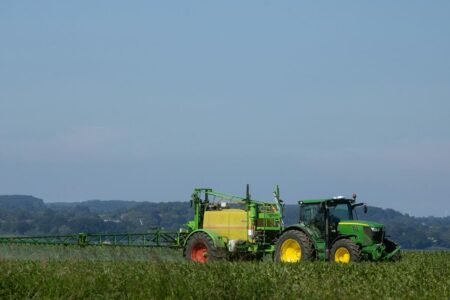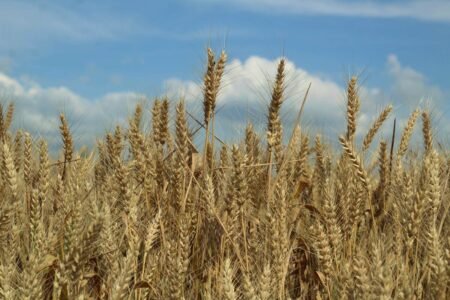Bluetongue is a non-contagious, insect-transmitted, viral disease of domestic and wild ruminants.
Advertisement
Bluetongue is a non-contagious, insect-transmitted, viral disease of domestic and wild ruminants. At present 24 serotypes of the virus are recognised. The virulence and mortality rate of the different virus strains vary considerably.
Bluetongue does not affect humans, nor is there any risk of the disease being contracted or spread through meat or milk.
The disease is characterised by inflammation of the mucous membranes, congestion, swelling and haemorrhages. Sheep are generally the worst affected species, while cattle and goats do not usually show clinical signs of disease and can carry the virus for a certain period of time.
Transmission takes place via the bite of certain species of Culicoides mites, which are biological vectors. Worldwide, only about 17 species of Culicoides are currently known to be efficient vectors for the virus, and in any given endemic environment usually only one or two species are important. For Europe, Culicoides imicola has been the main vector. Bluetongue can’t be transmitted through contact between animals in the absence of the insects.
Globally, the Bluetongue virus is currently distributed between latitudes of approximately 50°N and 34°S but is known to be expanding into the northern hemisphere. In Europe, Bluetongue has been confirmed in sheep flocks in the Balearic Islands, Sardinia, Sicily, Corsica and some other parts of Italy, Spain, France and Portugal. Culicoides mites, responsible for disease transmission, may also be found in other areas of the European Union in the warm season. Recently, the disease has been detected in the Netherlands, in an area close to the border with Belgium and Germany.
Directive 2000/75/EEC lays down measures that must be taken in the case of a suspected outbreak of Bluetongue. Under EU legislation, if there is a suspected outbreak of Bluetongue any movement of animals to or from the holding or holdings is prohibited. At times when the vectors are active, the animals are confined to an isolated area where they will have no contact with other animals. The animals, the buildings used to house them and their surroundings (in particular habitats in which the Culicoides populations thrive) are regularly treated with authorised insecticides. The carcases of the dead animals on the holding are destroyed, eliminated, incinerated or buried. National authorities must carry out an epidemiological inquiry on the possible source of the disease.
In accordance with Directive 2000/75/EEC, when an outbreak of Bluetongue is confirmed, animals can be slaughtered if it is deemed necessary, in order to prevent the extension of the epidemic or for welfare reasons. The carcases of the dead animals on the holding are destroyed, eliminated, incinerated or buried. The Member States must extend measures foreseen above to holdings located within a radius of 20 kilometres around the infected holding or holdings. Protection (100 km radius) and surveillance zones (depth of at least 50 km extending beyond the limits of the protection zone) around the infected farm must also be established. Depending on the basis of epidemiological, geographical, ecological or meteorological circumstances the competent authority may adapt or take further measures than those foreseen in the Directive 2000/75/EEC.
In the protection and surveillance zones, the following measures must be applied when there is an outbreak:
- All animal holdings have to be identified, visited and examined by national authorities.
- A ban on animals leaving the zones must be introduced.
Animals can be moved out of the restricted zones under certain conditions laid down in Commission Decision 2005/393/EC including pre-movement isolation, protection from attack from Culicoides and laboratory testing. Similar conditions can be applied for the movement of semen, ova and embryos.
The competent national authorities must ensure that all the measures laid down in EU legislation are implemented in the case of an outbreak of Bluetongue, and Member States have to report back to the Commission on the measures they have applied.
Yes – it is possible to vaccinate against Bluetongue, and EU legislation on Bluetongue contains the option of carrying out a vaccination policy using live attenuated or inactivated vaccines. The establishment of a vaccine bank by July 2000 facilitated rapid and successful intervention against Bluetongue in the Balearic Islands. The EU later supported the vaccination option whenever national authorities wished to adopt this policy. In addition, the EU modified the rules regarding financial contributions from the Community to cover not only emergency situations but also the long-term surveillance of Bluetongue and control actions (vaccination).
The restrictions in relation Bluetongue outbreaks cannot be lifted until the virus has been eradicated and presence of the disease has been ruled out.







